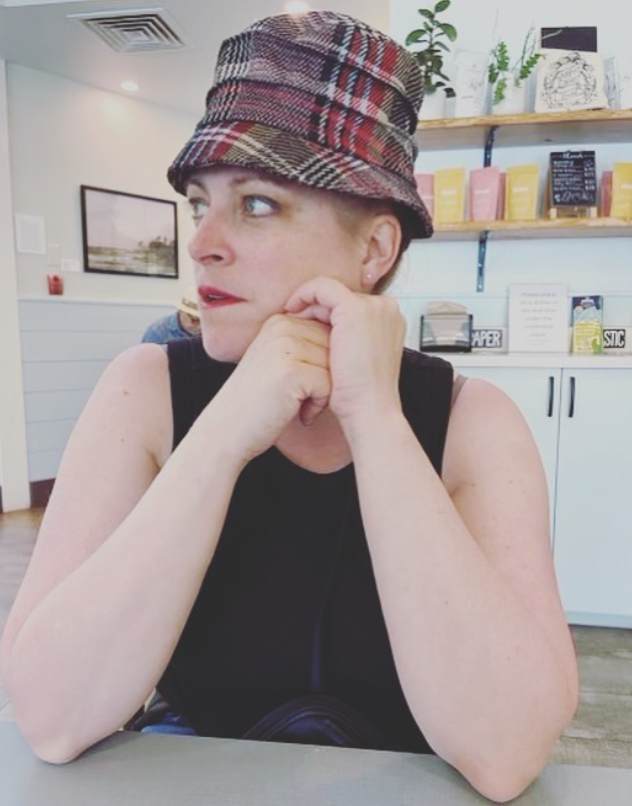Questions Teachers Ask Me: How Do I Get Students to Add More Details?
How do I get students to add more details?
If students don’t add details it is because the word “details” holds no meaning for them.
Students need to be taught explicitly how and where to add details before it is expected of them independently.
To add details, students need to be aware of what they are trying to say and what the reader might be thinking.
The underlying hook to revision is that they need to know that it is the writer’s job to take over the reader’s mind.
The writer needs to put words on paper that override any preconceived notions in the reader’s mind about any detail in the story.
If a student was to write about a dog, we all have a picture in our mind that comes immediately to the surface when we think of dog.
It might be our dog, a friend or relative’s dog, a dog from the movies, books or cartoons.
The point is, a word triggers a picture or image in our mind.
The writer intends for the reader to have picture in their mind that matches the one that is in writer’s mind.
However, if the writer writes…I was walking my dog.
The reader thinks of their own image of dog.
To show you what I mean, watch this story, Madlenka’s Dog by Peter Sis. Notice that the dog in the story is invisible. The other characters in the book have a flaps that open to reveal their childhood dog. The image of the childhood dog replaces the one that is missing, Madlenka’s dog.
In order to take over the reader’s mind, the writer needs to add more detail.
Writers might add words to describe the dog.
- breed – pug
- color – brown,
- size – up to my knees,
- popular dog -Snoopy
For example, I walked my short, brown pug Murphy.
These added words, or details, change the image of dog in the reader’s mind.
Further Revision Lessons
- brainstorming using the five W’s and one H (who, what, when, where, why and how) For example, After supper, my best friend and I raced to Lois Hole Park to walk my short, brown pug Murphy because he needed exercise. In this new sentence I have clarified who? where? when? why? how?
- brainstorming around their sentence to include the five senses – (see, hear, taste, feel, smell)
- fitting their new details into their writing – learning where to add words and how to add words by adding a caret
- double spacing their work so that there is a space for adding words
In the early years, revision is done at the word level.
As students move up the grades, revision moves from words and phrases to rearranging the order of ideas.
Even with a larger revision, students need to be thinking about their reader,
- What do they want their reader to think?
- What do they want their reader to imagine?
- What order do they want the reader to get the information?
Have Students Read Each Other’s Work
Another reader can tell the writer about confusing parts and clarify their thinking by asking the writer questions.
The questions above will help the writer to make revisions that fit the story they want the reader to experience.
Lesson Available
If you would like a lesson for using Madelenka’s Dog, please contact me.
Until Next Time,
Coach Clark


